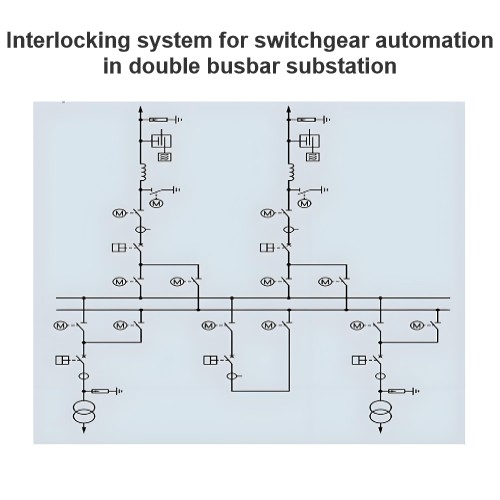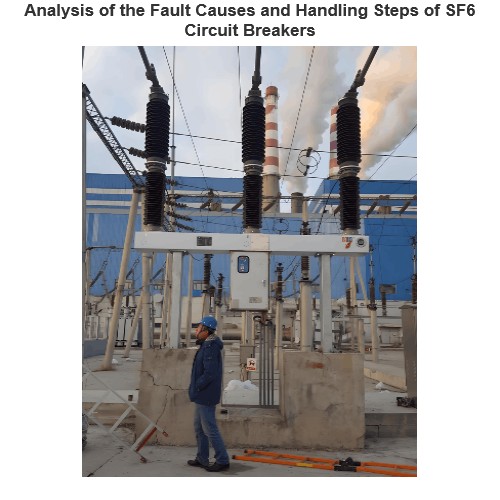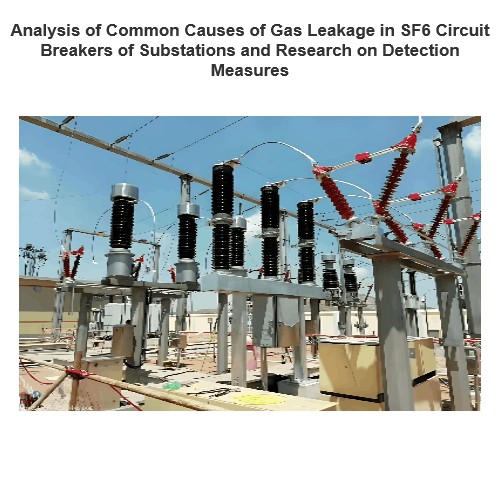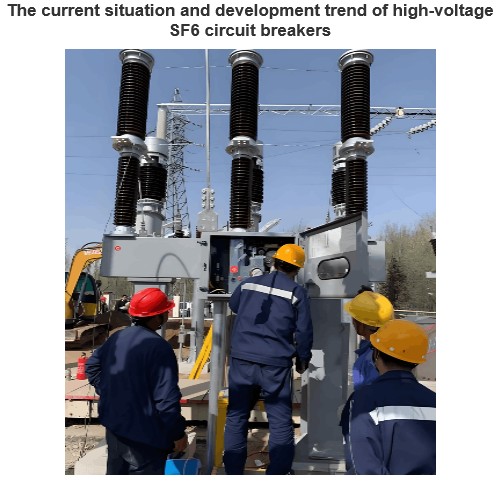Typical mechanical interlocks role for draw out circuit breakers in LV switchgears according to IEEE standard
Edwiin
04/30/2025
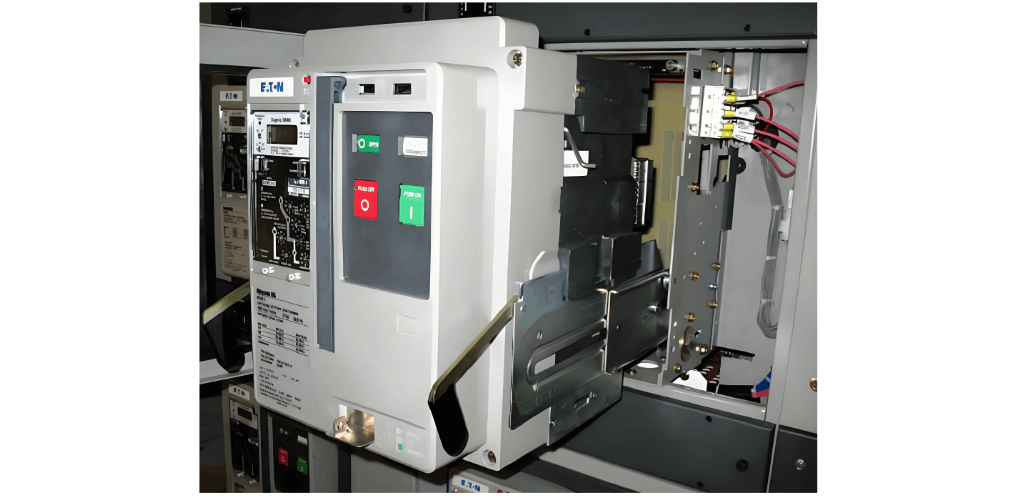
Safety Features and Requirements for Circuit Breakers

